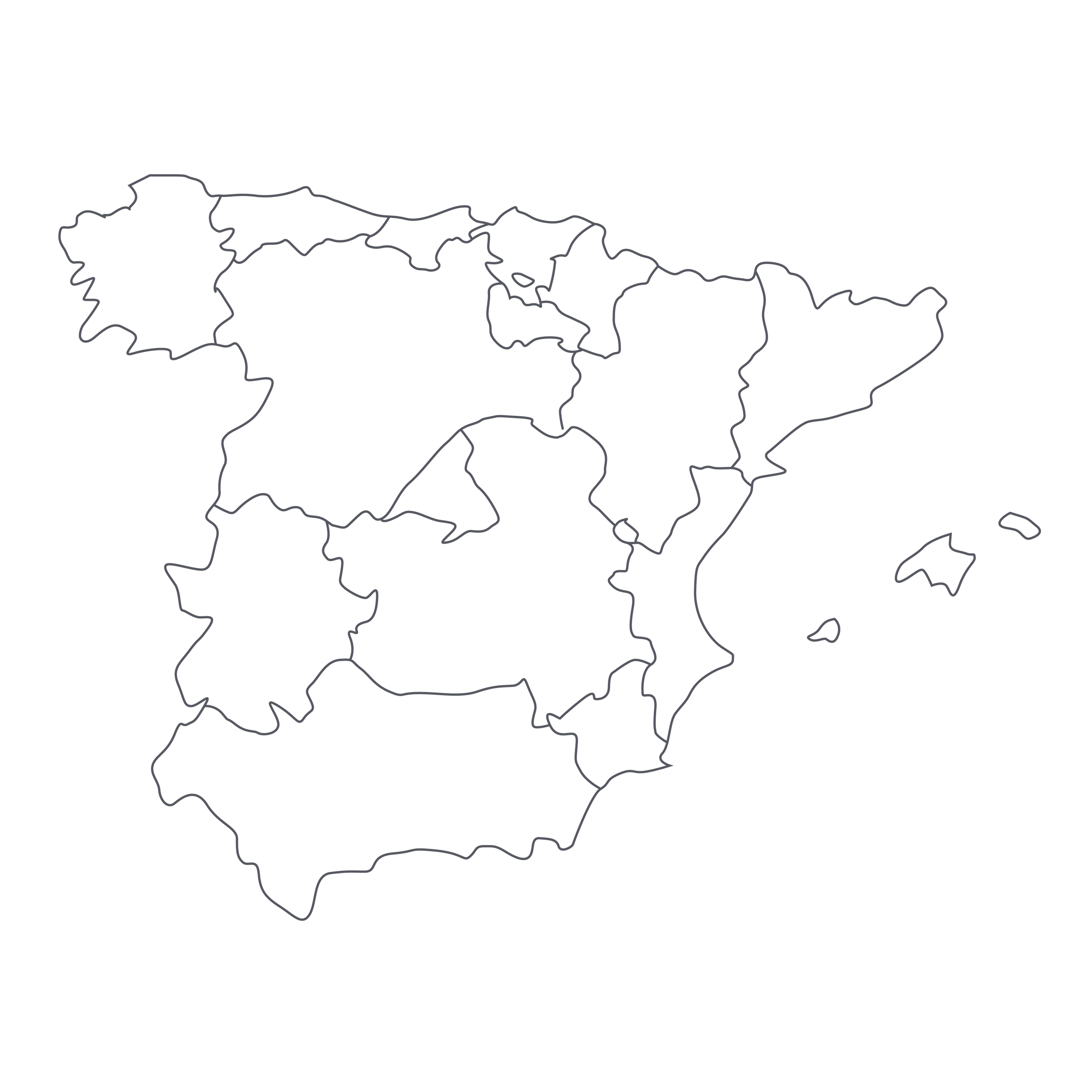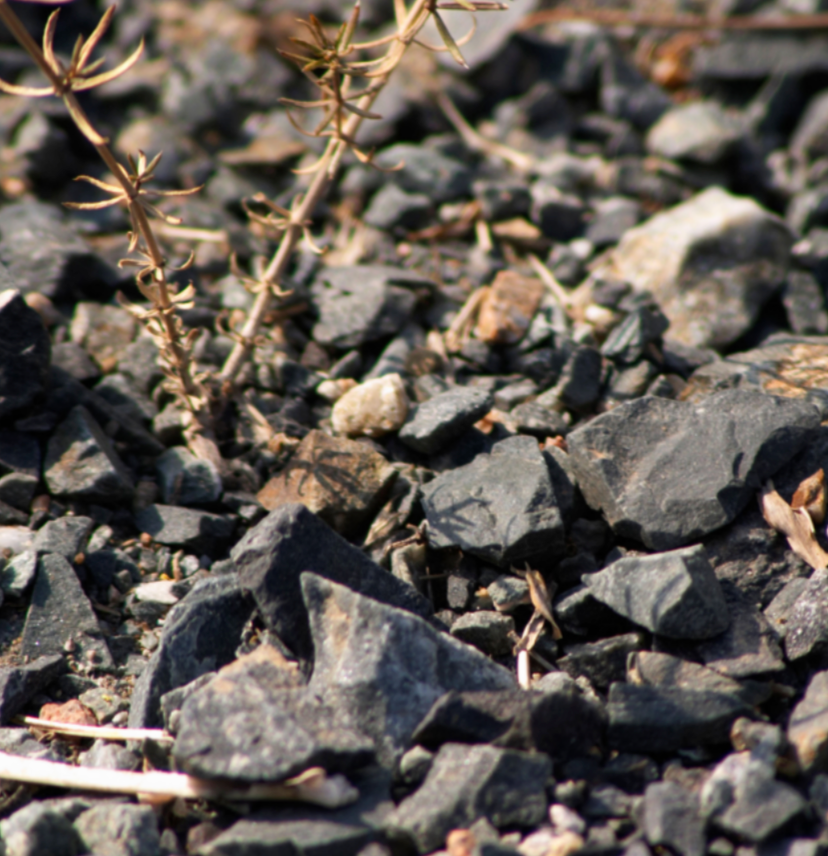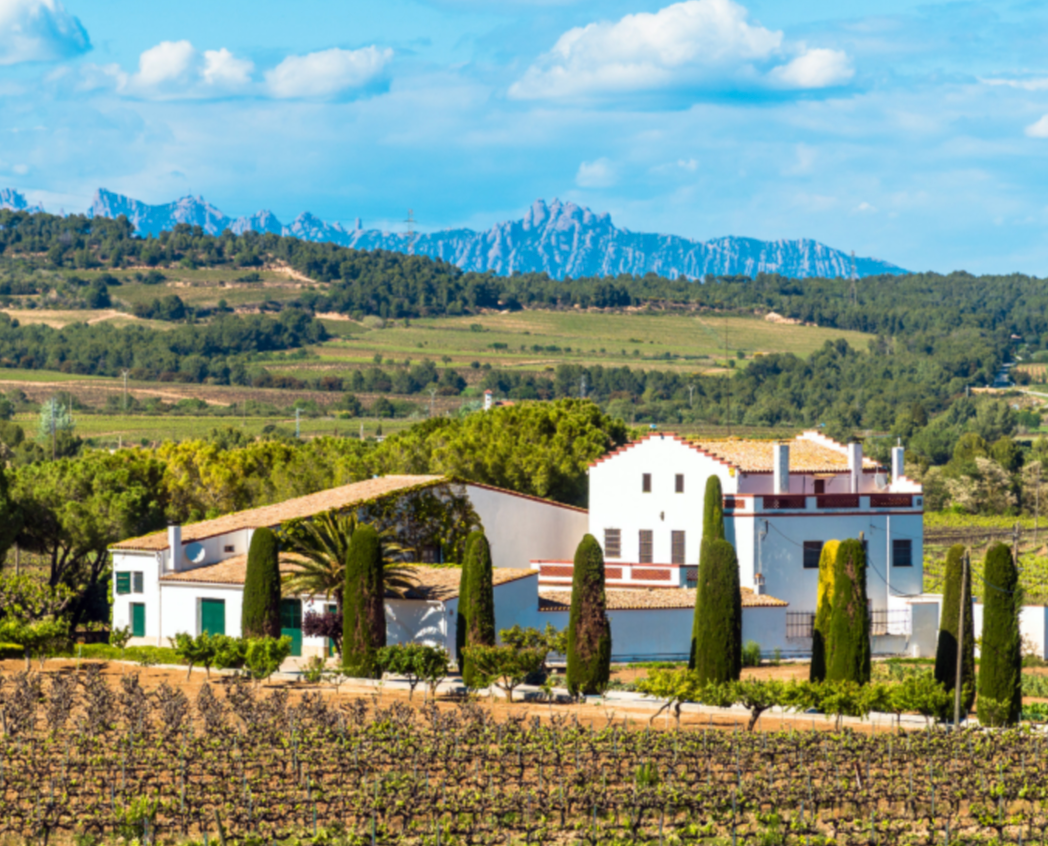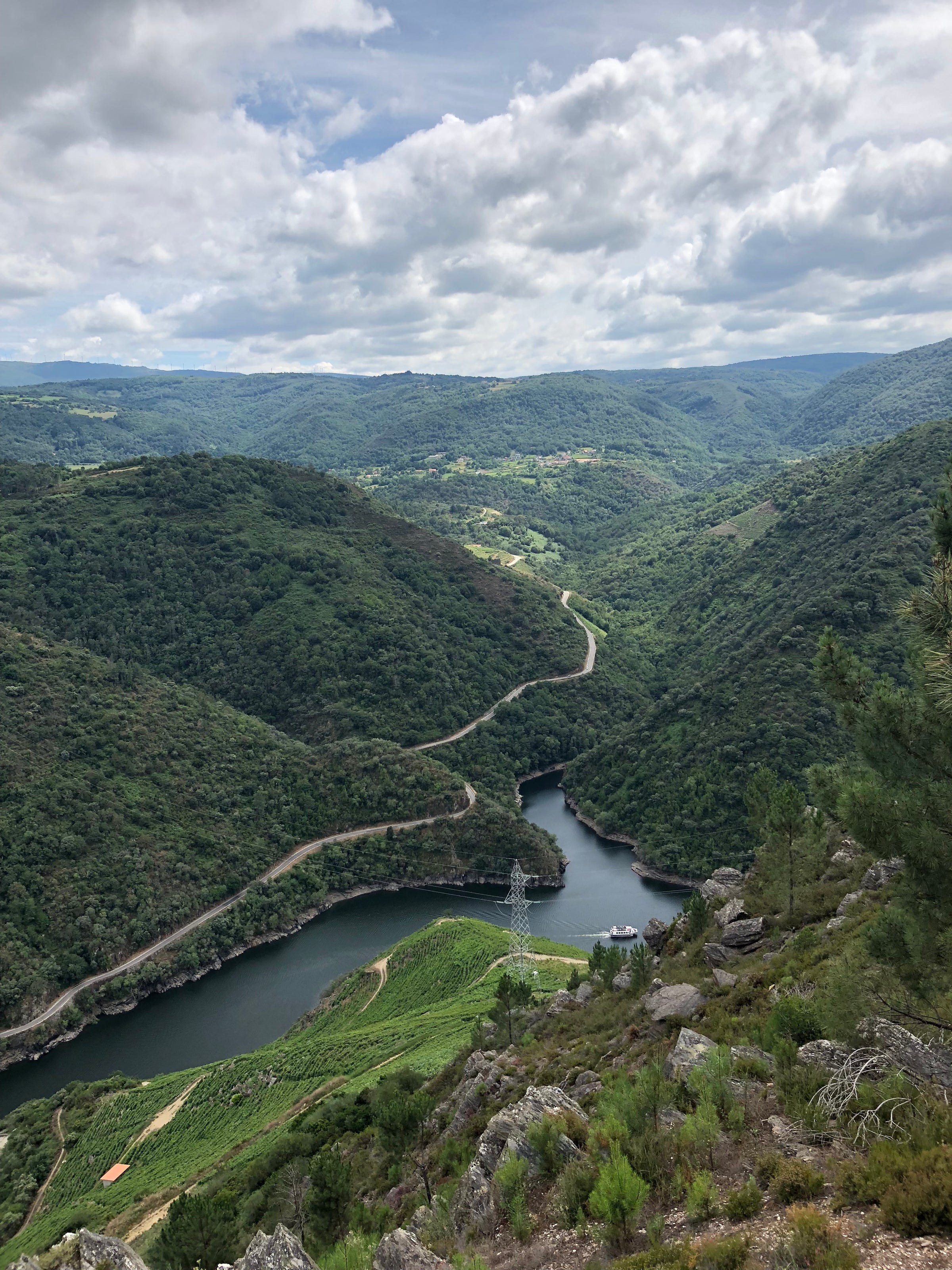Rioja production, like Bordeaux, is vast. It’s a region with multi-century marketing and global exposure, and they have enormous inventories to show for it. The wines are expertly crafted with a winning formula and, in a spectacular vintage, will yield some of the finest drinking experiences and long-lived reds on earth. But not everyone subscribes to its factory-like operation: Enter Bodega Akutain.
We’ve only been able to offer a few of their Riojas over the years, as it’s proven to be incredibly frustrating to track down any sort of significant quantity. From today’s young, pure, and insanely delicious entry-level “Cosecha” all the way up to their late-release Gran Reservas, Akutain is dedicated to preserving the artisanal, “farmstead” mindset. You will find only one man here, a small stable-turned-cellar, and just 6.5 hectares of vine clinging to some of the region’s highest-elevation hillsides. So, look no further if you wish to experience a shining example of authentic, ready-to-enjoy “micro-scale” Rioja. By utilizing fiberglass over oak, this beautiful 2016 overflows with energy, polished rusticity, and pure varietal character; it’s among the most wholesome and unsullied snapshots of Rioja. It’s hard to fathom how this slips into the market under $25, but there’s no time for rumination—we only have a very limited number of cases to share with you all today.
Bodega Akutain’s history begins in the early 1970s with its founder, Juan Peñagaricano Akutain. At the time, Juan was a young man living in the Basque country while working as a traveling salesman for a company that offered refrigeration and cooling systems to wineries. Despite the sometimes mundane nature of his work, the young Señor Akutain forged personal and meaningful bonds with the families behind some of the Rioja region’s most storied traditionalist estates, such as CVNE and La Rioja Alta. After many years visiting the cellars, studying local vineyard techniques, and drinking every bottle of Rioja he could lay his hands on—all the while saving his earnings—Akutain was ready to plant his own vineyards. He spent a few years searching for the perfect site and finally, in 1975, he found his dream property located just five kilometers west of Haro, the wine-producing epicenter of Rioja. Here, Akutain planted 6.5 hectares of vineyards to Tempranillo (85%), Garnacha (14+%), and Viura (<1%). Over the years, Juan continued to work as an engineer and salesman while training, pruning, and harvesting his vineyards during off-hours. These days, after decades of relentless work, he has turned over operations to his son, Jon.
The Akutain family's vineyards are located high in the mountainous Rioja Alta sub-region. This is without question the most historically important area of Rioja, with high-elevation, limestone-dominated vineyards producing fruit for large, grand estates like López de Heredia. Bodega Akutain’s four small vineyards are perched between 1,500 and 2,000 feet elevation. In addition to the structure and minerality that only limestone can impart, this elevation ensures that Akutain’s wines remain balanced and share little in common with the modern styles of Rioja that rely on immense extraction and French barriques. Speaking of, it is mandatory to point out that Bodega Akutain does not own a single French Oak barrel.
The Akutain family has remained staunchly old school and still practices the Rioja tradition of working exclusively with high-quality American oak from our own Appalachian region. But starting in 2015, Jon Akutain realized a long-held vision: To bottle a pure expression of Rioja’s grapes (mostly Tempranillo with a splash of Garnacha) and terroir by using neutral, non-flavor-imparting fiberglass vats. Today’s 2016 is the second debut: It incorporates a hand-harvested blend of his lowest-altitude clay-limestone vineyards, naturally ferments/ages in fiberglass, and is bottled without fining. This small parcel arrived from his cellar in January of this year. Nearing five years of age, this “young” Akutain bottling is a brilliant example of how Rioja terruño shines without any oak influence: soft, rustic, soulful, juicy, and absolutely delicious right out of the bottle. In the glass, the wine instantly reveals aromas of black currant, dried raspberry, wild strawberry, red plums, damp clay, underbrush, rose petal, and hints of exotic spice. It glides across the palate without any oak tannin or rigidity—it’s simply an easy-to-drink, delicately layered snapshot of Rioja in the raw. Enjoy in all-purpose stems over the next few years alongside a handful of tapas from the attached list. Cheers!





